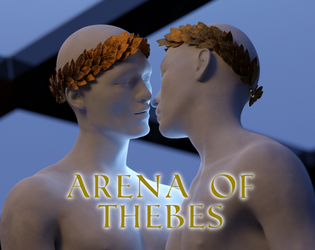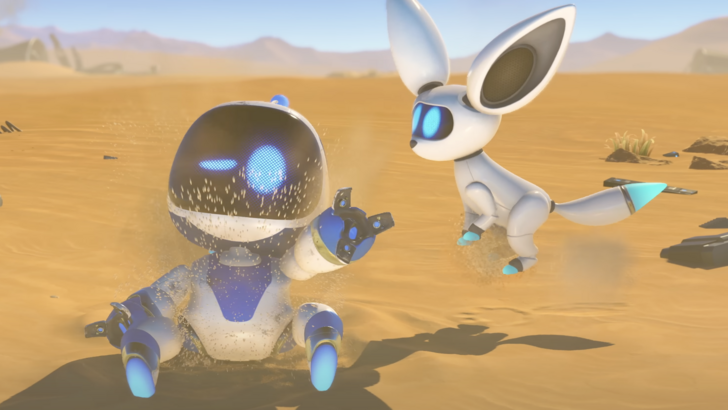
Sony's groundbreaking patent proposes an in-game sign language translator to enhance accessibility for deaf gamers. This innovative technology, detailed in a patent titled "TRANSLATION OF SIGN LANGUAGE IN A VIRTUAL ENVIRONMENT," focuses on real-time translation between different sign languages, such as American Sign Language (ASL) and Japanese Sign Language (JSL).
The system envisions a multi-step process: initially capturing sign language gestures, converting them into text, translating the text into the target language, and finally rendering the translated text back into the corresponding sign language gestures for the recipient. This addresses the critical need for cross-lingual sign language communication, given the geographical variations in sign languages.
Sony suggests several implementation methods. One involves the use of VR headsets or head-mounted displays (HMDs) connected to a personal computer, game console, or other computing device. These HMDs would provide an immersive virtual environment for the user. Furthermore, the patent proposes a networked system, potentially utilizing a cloud gaming platform, where user devices synchronize with a game server to facilitate real-time interaction and translation within the shared game environment. This server would manage the game's state and handle the translation process, ensuring seamless communication between players using different sign languages. The patent highlights the potential for this technology to revolutionize accessibility in online gaming, fostering inclusivity and breaking down communication barriers for deaf gamers.


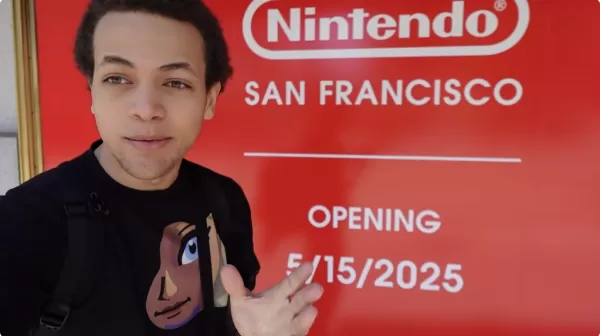
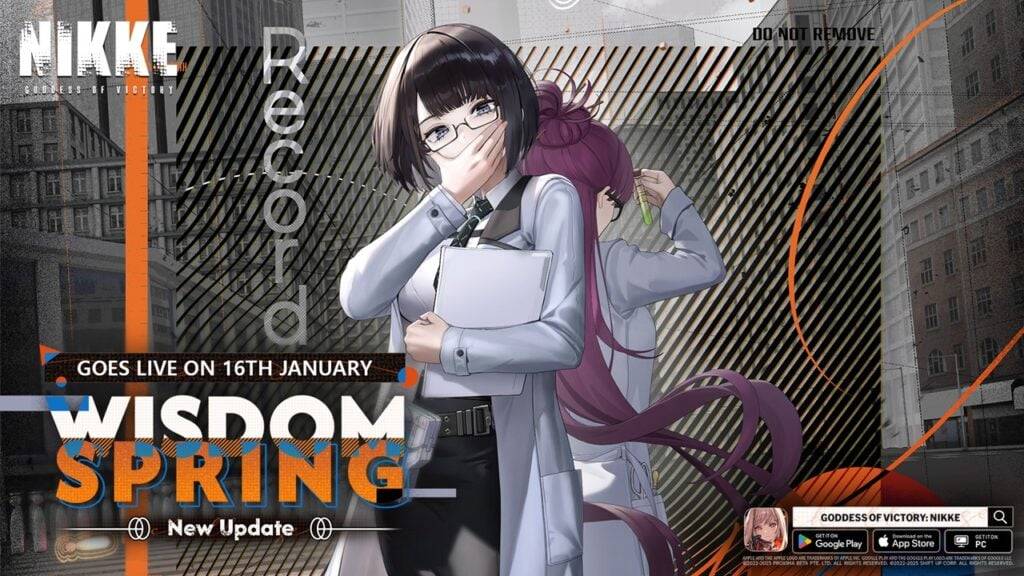
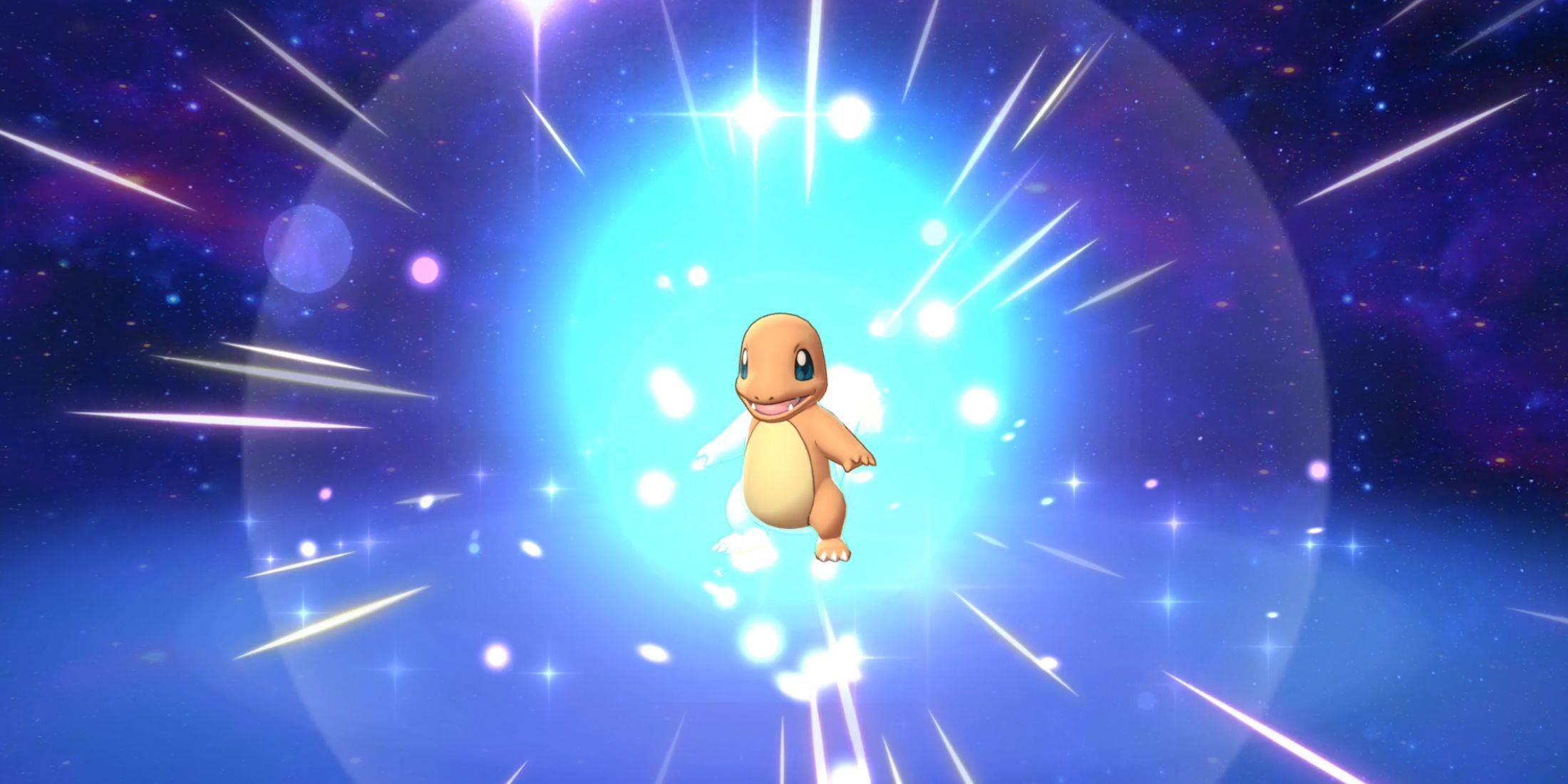
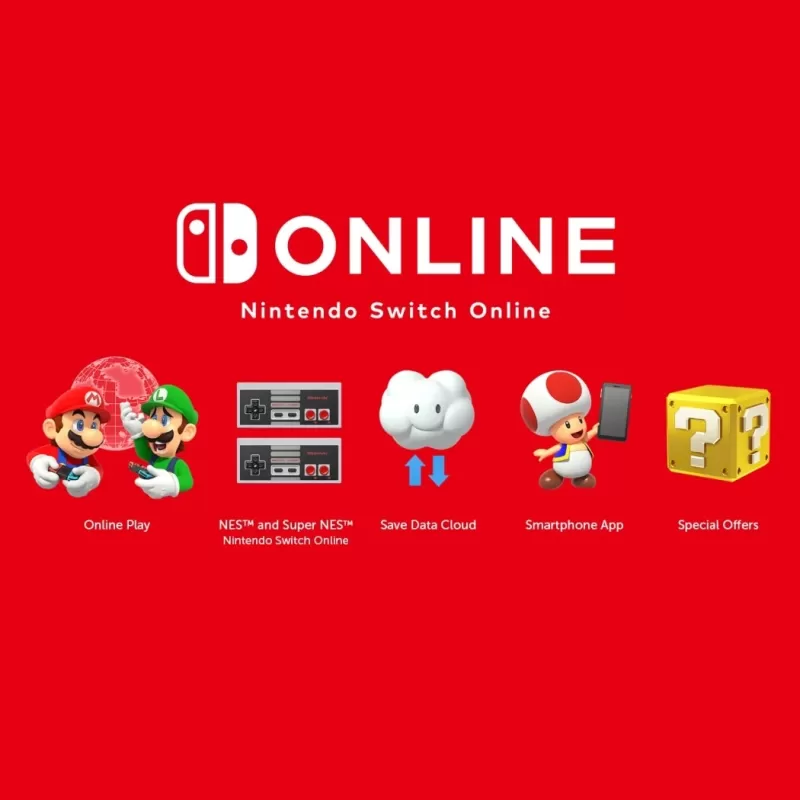
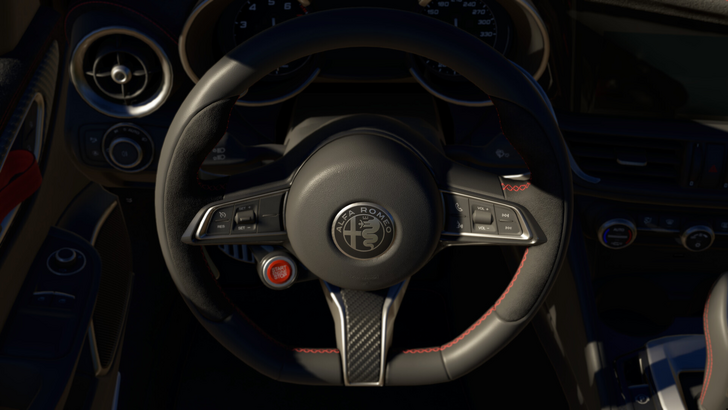
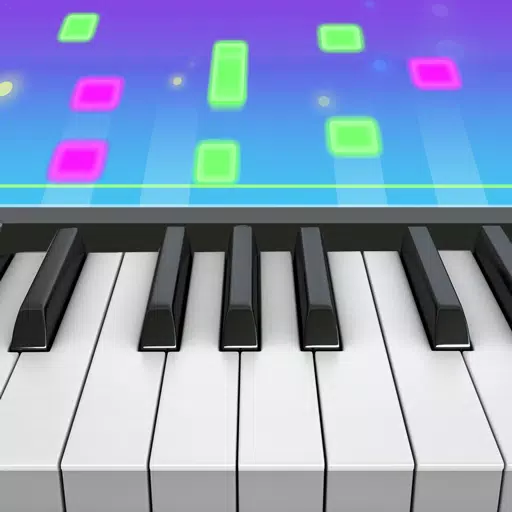

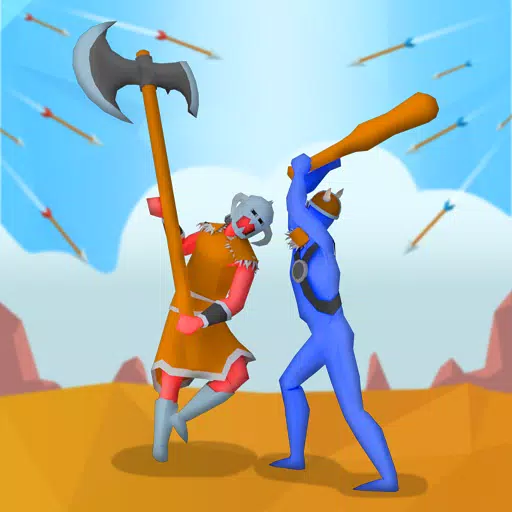
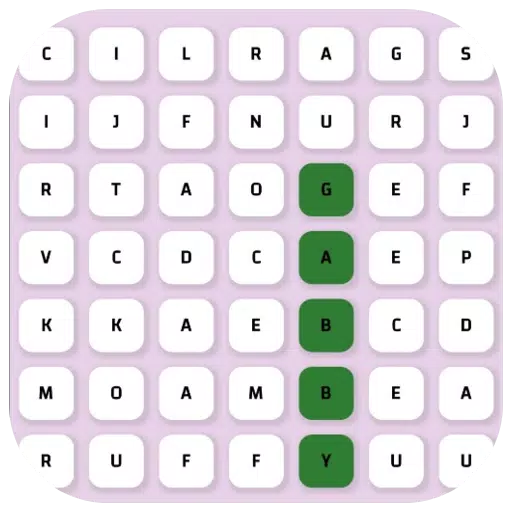

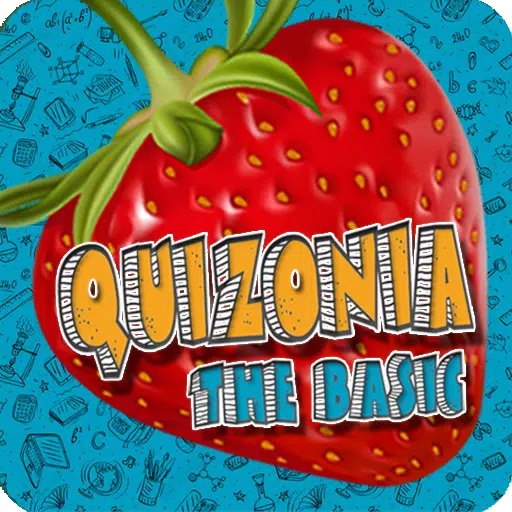

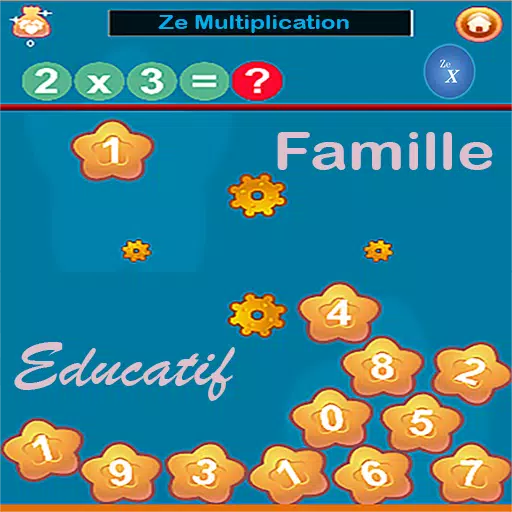
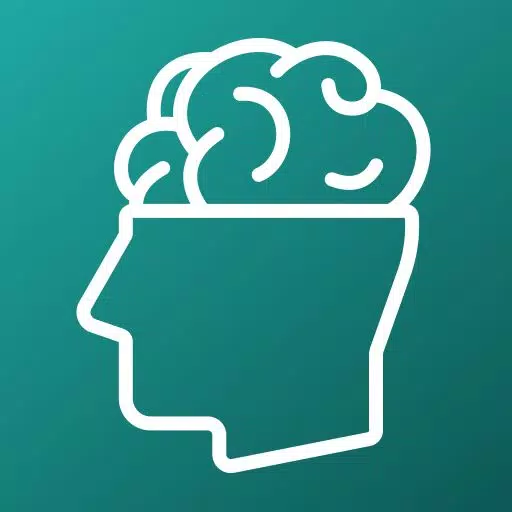
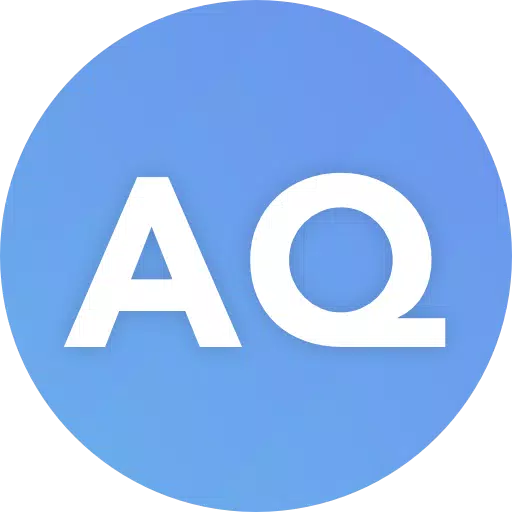

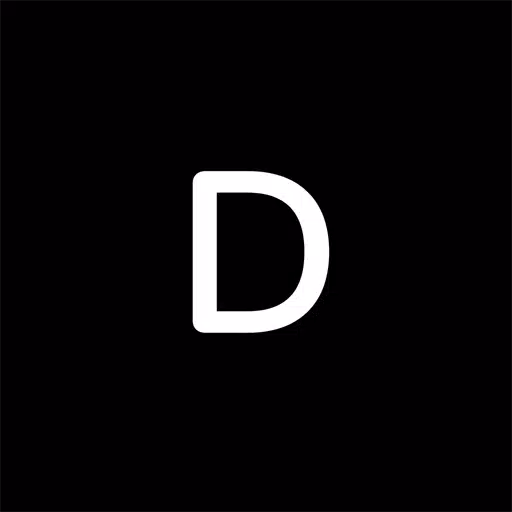
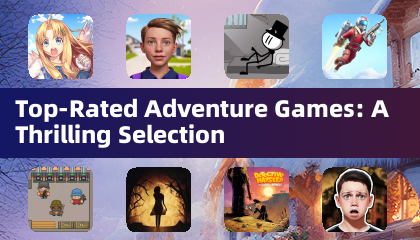
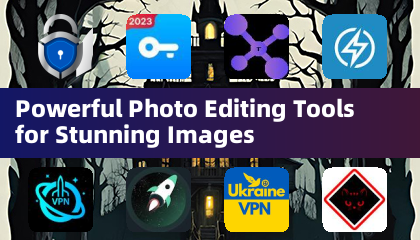
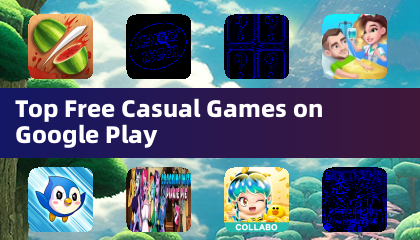

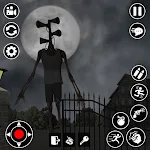


![City Devil: Restart [v0.2]](https://img.icssh.com/uploads/38/1719554737667e52b102f12.jpg)

